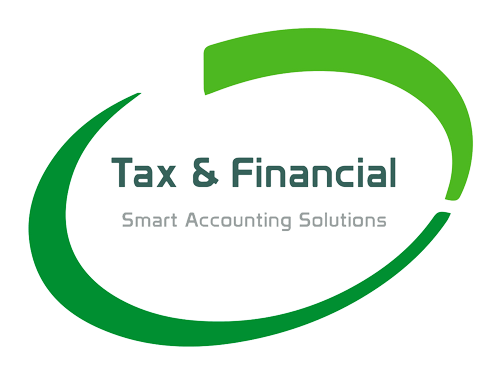Look at New Zealand to see where the UK tax system is headed
Making Tax Digital (MTD) is rolling out. We know it’s going to apply to income tax self-assessment from April 2024 (delayed from April 2023), but where does it go after that? New Zealand already has a fully digital tax system which means, for example, that you can’t fly out of the country if you have an outstanding tax bill.
Read on to find out what might be in store for you as the UK tax system changes, particularly if the UK takes its lead from the digitised programme in New Zealand.
The roll-out of MTD in the UK
From 6 April 2024, MTD becomes applicable to income tax self-assessment for self-employed business owners and landlords with yearly property or business income in excess of £10,000. On the same date, companies can start using MTD for corporation tax in a pilot scheme, before it becomes compulsory some time after April 2026.
Over the next few years the UK tax system will increasingly migrate online. What are the consequences of these changes for you as an individual and for your business?
One place to look for an example of things to come is New Zealand.
What’s happened in New Zealand
New Zealand has had a fully digital tax system since October 2021. The transformation programme will conclude in its entirety by 30 June 2022, but most of the stages are now complete.
So what are the shiny new features of this system that cost more than a billion NZ$ to create?
Well, New Zealanders now manage all of their tax affairs online. From income tax to child support and goods and services tax (similar to VAT in the UK) – it’s all managed by one system. Employees’ tax is still managed by their employer, but they’re able to log on to the system at any time to view their payments.
The user-friendly features
The digital system in New Zealand means that each taxpayer can now view all their tax payments in one place, whether that’s for their individual affairs or for their business. That allows them to offset overpayments in one tax account against underpayments in others.
With the benefit of real-time information, there’s also a pay-as-you-go option. Small businesses and those who are self-employed benefit from in-year tax refunds which helps with cashflow. It’s easier to stay on top of tax payments and there’s no surprise end-of-year tax bill.
One of the main reasons for a digital tax system is to improve compliance. New data and analytics help identify “pockets or sectors” where people aren’t paying their fair share of tax, or where people may be struggling to understand their tax obligations. Providing help and support in those places ensures that non-compliance is kept to a minimum, whether its inadvertent or deliberate.
Knowledge is power for the government
With this enhanced ability to track payments, the New Zealand government is better able to pick up on any unscrupulous behaviour such as tax evasion or benefit fraud. And because the system is integrated with those of other government departments, any non-compliance will be flagged on every government programme.
That extends to travel, and means that you wouldn’t be able to fly out of the country if you have an outstanding tax bill.
Will the UK follow?
Compliance is certainly at the forefront of the UK’s Making Tax Digital system. MTD is focused on helping people get their tax right first time, ultimately making rule bending and breaking more difficult.
Whether that means that you won’t be able to travel if you’re late in paying tax remains to be seen. But the integrated digital system means that the capacity to do so will exist.
What we do know is that MTD should cut down on your paperwork and minimise costly mistakes in your tax returns. And whether or not HMRC brings in more heavy-handed measures to ensure compliance, your business will need to start gearing up for the changes, ideally with MTD-compliant accountancy software.
If you’d like to chat about MTD and what it means for you, give us a call.
